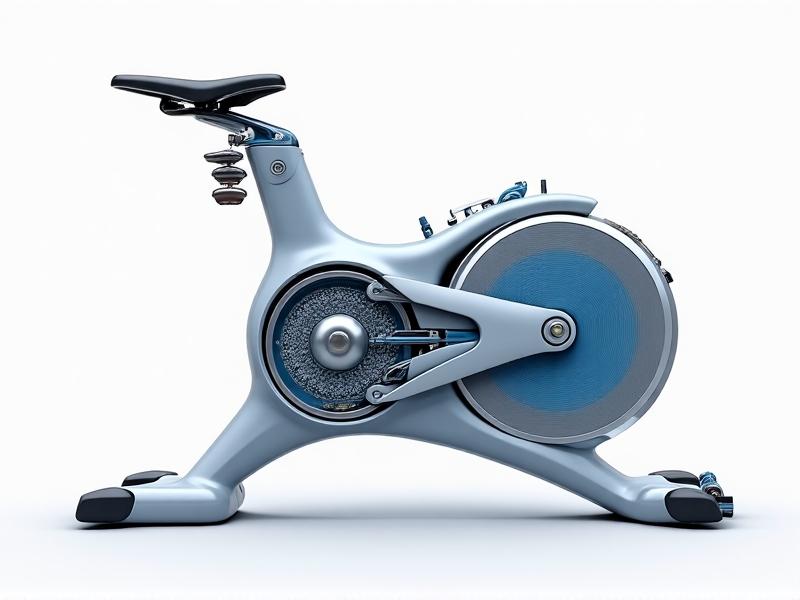Post-Work Cortisol Reduction Rituals
Understanding Cortisol: The Stress Hormone and Its Post-Work Impact

Cortisol, often dubbed the "stress hormone," plays a vital role in our fight-or-flight response. However, chronic elevation—common after high-pressure workdays—can disrupt sleep, weaken immunity, and increase anxiety. Modern work culture, with its constant connectivity and deadlines, leaves many stuck in a cortisol-fueled loop long after logging off. Recognizing this pattern is the first step toward reclaiming equilibrium. Studies show that cortisol levels typically peak in the morning and decline throughout the day, but stressful workloads can create irregular spikes. Post-work rituals aim to smooth these jagged hormonal shifts, signaling to the body that it’s safe to unwind.
Creating a Transition Ritual: Bridging Work and Rest

Transition rituals act as psychological bookmarks, separating professional demands from personal time. Simple actions like changing clothes, brewing herbal tea, or stepping outside for fresh air can signal the nervous system to downshift. Neuroscientists emphasize the power of consistency: repeating the same sequence daily trains the brain to associate these behaviors with relaxation. For remote workers, this might involve "commuting" around the block or closing a laptop and covering it with a decorative cloth. The goal is to create sensory distinctions: swapping harsh overhead lights for warm lamps, or replacing keyboard clicks with calming music.
Movement as Medicine: Low-Impact Exercises to Lower Cortisol

While intense workouts can temporarily spike cortisol, gentle movement like yoga, tai chi, or leisurely walks helps metabolize stress hormones. A 2022 Journal of Endocrinology study found that 25 minutes of hatha yoga reduced cortisol levels by 27% in participants. The key lies in mindful pacing: flowing through cat-cow stretches rather than striving for perfect poses, or focusing on the rhythm of breath during a walk. Even stretching while dinner cooks—reaching upward to relieve tense shoulders—counts. These practices shift the body from sympathetic (stress) to parasympathetic (rest) dominance.
Mindful Breathing: Activating the Body’s Relaxation Response

Diaphragmatic breathing—sometimes called "belly breathing"—stimulates the vagus nerve, a critical pathway for stress reduction. Try the 4-7-8 technique: inhale for four counts, hold for seven, exhale for eight. Apps like InsightTimer offer guided sessions, but even unguided minute-long pauses before checking evening emails can help. Research from the University of Michigan reveals that just five minutes of mindful breathing daily lowers cortisol by up to 18% over eight weeks. Pair this with aroma cues: keep a vial of lavender oil at your desk for pre-breathing ritual sniffs.
Nutritional Allies: Foods That Combat Cortisol Spikes
Post-work snacks rich in magnesium (spinach, almonds), omega-3s (walnuts, sardines), and vitamin C (bell peppers, kiwi) help regulate cortisol. A Brazilian study found participants who ate 40g of dark chocolate daily for two weeks had significantly lower cortisol than the control group. Herbal teas like ashwagandha or lemon balm offer dual benefits: hydration and adaptogenic support. Avoid cortisol-triggering traps like sugary granola bars or that "just one" late-afternoon espresso—caffeine can linger in your system for eight hours.
Digital Sunset: Reducing Blue Light for Hormonal Balance
Blue light from screens suppresses melatonin and prolongs cortisol elevation. Create a "digital sunset" 90 minutes before bed: enable Night Shift mode, swap Netflix for a podcast walk, or try an e-ink reader. If late work is unavoidable, wear blue-blocking glasses—a 2021 PLOS Biology study showed they reduced cortisol levels by 14% in night-shift workers. Charge devices outside the bedroom to resist the dopamine-triggering scroll cycle. Replace pre-sleep TikTok sessions with analog hobbies like sketching or journaling.
Hydrotherapy: Water-Based Techniques to Wash Away Stress
Hydrotherapy leverages water’s natural pressure to lower cortisol. A 20-minute bath at 104°F (40°C) with Epsom salts (magnesium sulfate) can mimic the cortisol-reducing effects of meditation, per a University of Freiburg study. No tub? Try a contrast shower: alternate 30 seconds of warm and cool water for five cycles. Even washing dishes mindfully—focusing on soap bubbles and warm water—can become a grounding practice. Post-shower, apply a weighted blanket (10% of body weight) for 20 minutes to deepen relaxation.
Nature Immersion: The Cortisol-Reducing Power of Green Spaces
Japanese forest bathing (shinrin-yoku) studies show 15 minutes in nature lowers cortisol more effectively than urban walks. Can’t reach a forest? Try "microdosing" nature: grow a windowsill herb garden, listen to bird song playlists, or diffuse pine essential oil. A 2023 meta-analysis in Environmental Health Perspectives found that virtual nature experiences—like watching Planet Earth—still lowered cortisol by 9%. For hybrid workers, swapping one weekly coffee shop day for a park bench work session can yield benefits.
Social Reconnection: How Community Lowers Stress Hormones
Positive social interactions boost oxytocin, cortisol’s neutralizing counterpart. Schedule a weekly “stress-buster” call with a friend where venting is allowed but not the sole focus—end by sharing gratitude. Petting animals counts too: 10 minutes of stroking a dog raises oxytocin by 10%, per a University of Nebraska study. For introverts, small doses matter: a 5-minute chat with a barista or joining a quiet book club can provide connection without overwhelm.
Sleep Sanctuary: Optimizing Your Bedroom for Cortisol Reset
Since cortisol and melatonin operate on inverse rhythms, optimizing sleep is crucial. Keep the bedroom at 65°F (18°C)—coolness aids melatonin release. Use noise-muffling curtains or a white noise machine to buffer urban sounds. If worries disrupt sleep, try “brain dumping”: write stressors on a notepad by your bed to park them until morning. The Sleep Foundation notes that consistent 10 PM–6 AM sleep schedules reduce nighttime cortisol spikes by up to 38% compared to erratic bedtimes.







